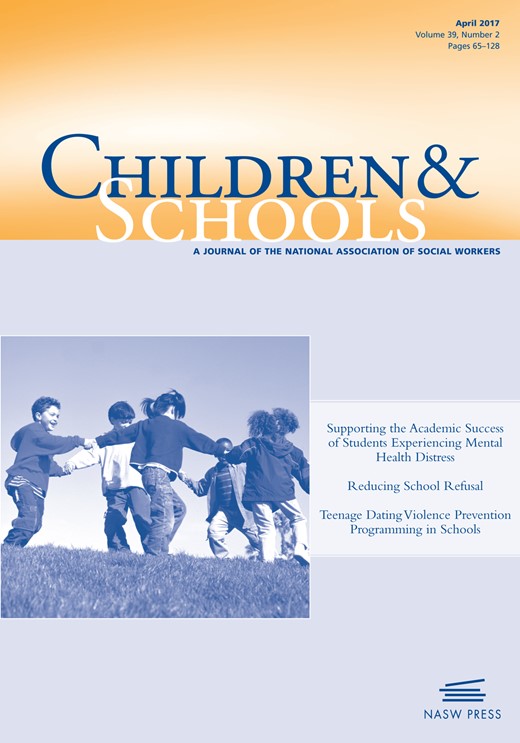-
Views
-
Cite
Cite
Cassandra L. McKay-Jackson, Words Matter: Interrogating Master Narratives, Children & Schools, Volume 39, Issue 2, April 2017, Pages 67–69, https://doi.org/10.1093/cs/cdx003
Close - Share Icon Share
Extract
Within the discussion of disproportionality in both discipline and special education of students of color, and those whose parents earn low wages, there must also be an interrogation of the master narrative concerning these children and youths.
A master narrative is a comprehensive explanatory blanket of assumptions imposed on others by those in authority through the conveyance of stereotypes, communiqué, and ideology, which objectify people (often those of color) as inherently weak, devoid of power and voice, and incapable of positively contributing to the larger society (Aguirre, 2005). Research purports that interpersonal communication plays a pivotal role in stereotype maintenance (Lyons & Kashima, 2003). With stereotypical perceptions regarding gender and race still continuing to predict who receives disciplinary referrals (Bryan, Day-Vines, Griffin, & Moore-Thomas, 2012), this research requires one to consider the influence of everyday language that is used concerning students in school settings.
For instance, the covert (and sometimes overt) narrative in school settings locates many youths of color, and those of low income, in the at-risk category. This terminology, although lessening in use (Swadener, 1995), can be code for black or brown youths who are poor, receive some type of intervention, and may have limited chances for success. Such risk rhetoric can evoke a perception of lack of agency, promise, resistance, or even pity (Swadener, 2010).





